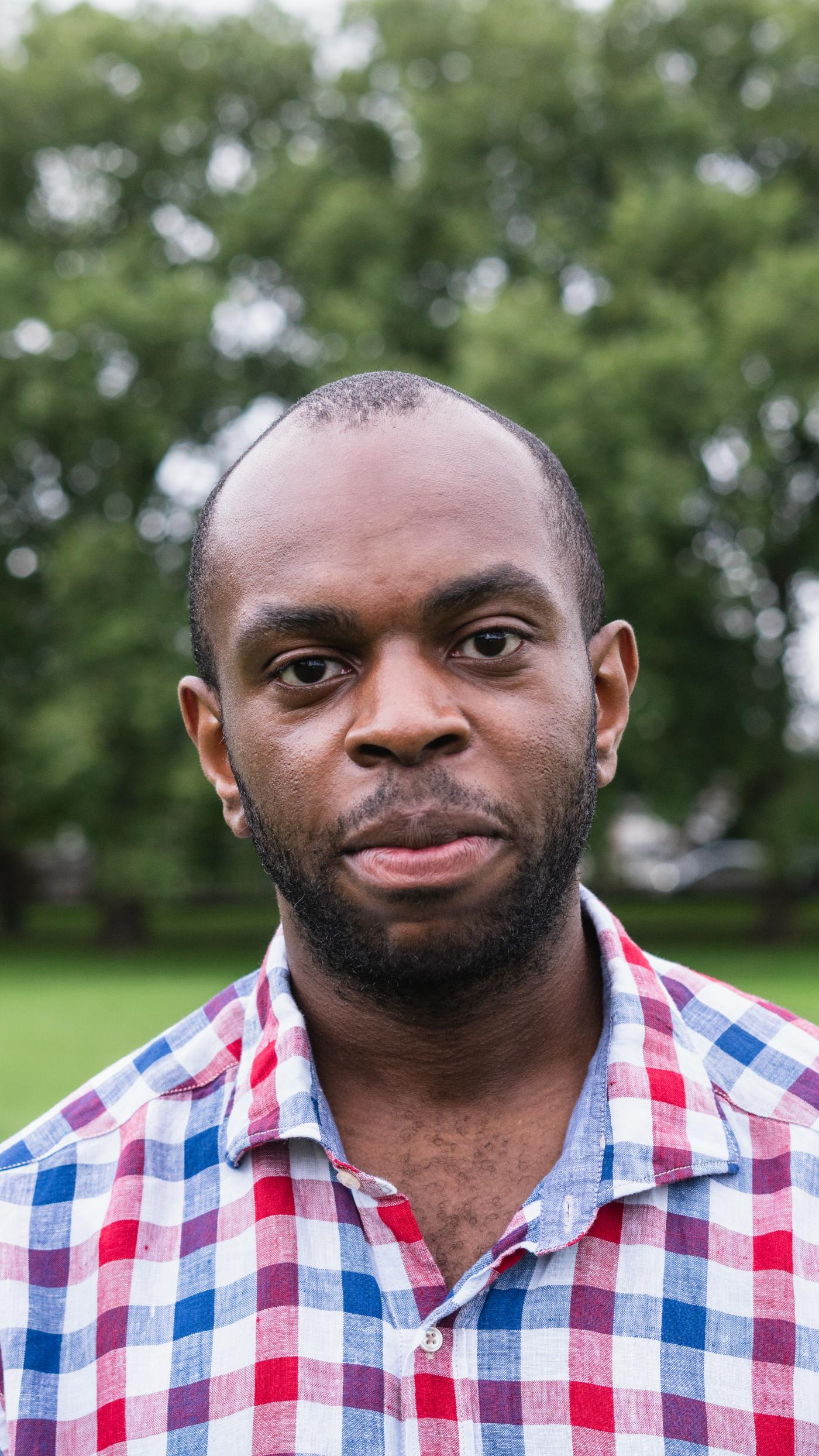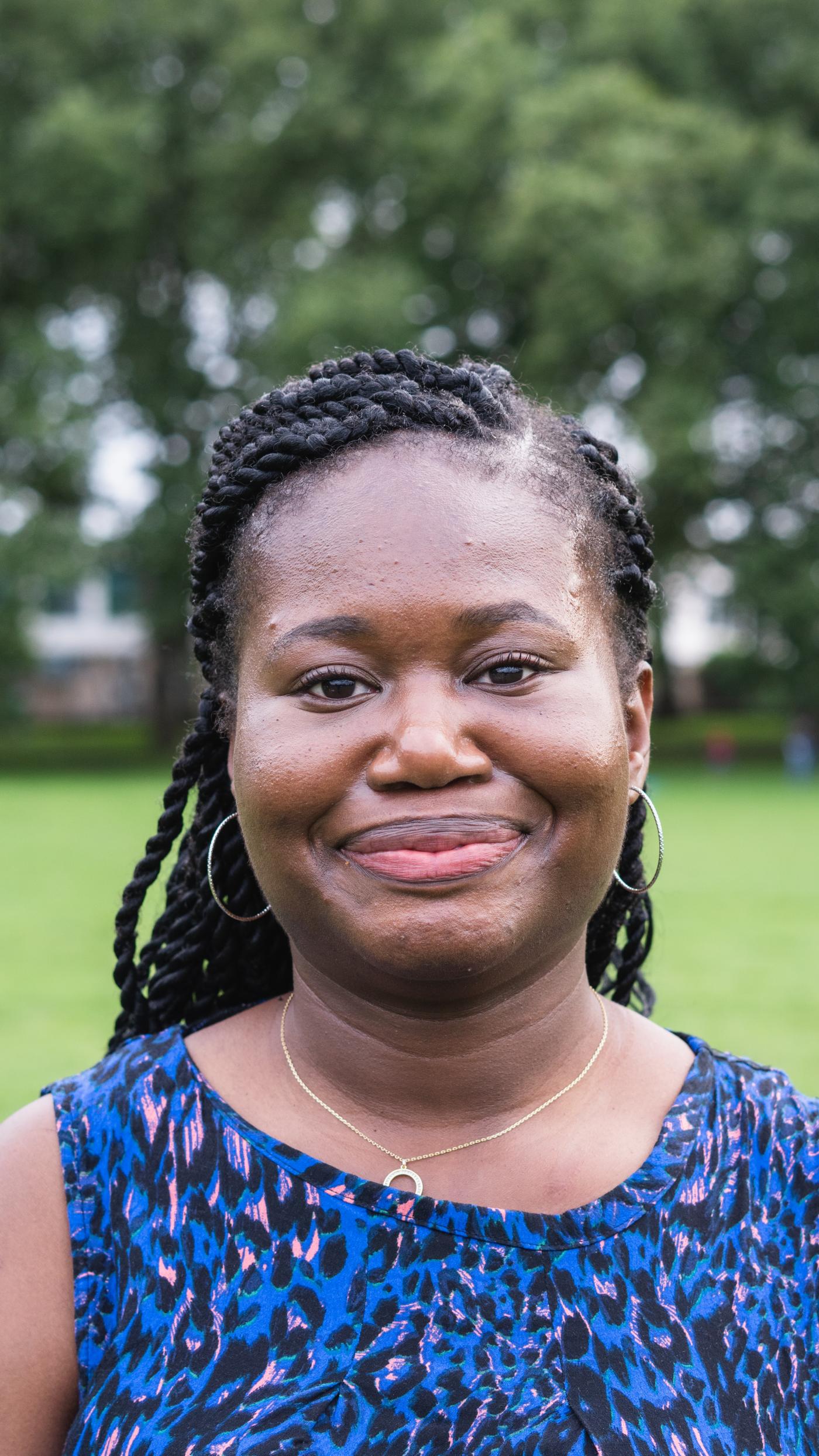
As part of the Atlantic Worlds gallery intervention to mark International Slavery Remembrance Day at the National Maritime Museum, five young people produced creative pieces responding to the content and themes of the space.
The Atlantic Worlds gallery looks at the movement of people, goods and ideas across and around the Atlantic Ocean from the 17th century to the 19th century.
One of the key elements of the intervention was to interrogate the story told in the gallery, and question whether the space reflects the experiences of those impacted by colonialism and the Transatlantic Slave Trade. This intervention is part of a step to widen the perspectives contained within Atlantic Worlds.
The young creatives included Sonia Foday, Jayda Sàngolana, Divine Mankumbani, Joel Sadique and Hena Sharma with the intervention facilitated by Deanio X and Yosola Olorunshola.
From poems to podcasts, discover their insightful and bold works below.
The story of Sierra Leone’s Krio people, and the impact of colonialism on Sierra Leone by Sonia Foday
In this series of photographs and accompanying essay, Sonia gives an insight into Krio culture and the history of Sierra Leone
Freetown, Sierra Leone is a symbol of a new life for previously enslaved Black people from various countries and is home to thousands today. Much of the land that is part of what we know as Sierra Leone today was territory of ethnic groups such as the Temne, Mende and many more.
Towards the end of the 18th century, more and more people arrived in Sierra Leone. First, around 400 in 1787 from England to establish the “Province of Freedom”. Five years later, in 1792, 1200 more people arrived from Nova Scotia, and 550 from Jamaica in 1800. Together, these groups formed the Creoles - also known as the Krio people. They lived in Sierra Leone’s Western Area. Freetown became a melting pot society, mixing the various languages, cultures and influences that the people had to offer.
In 1895, Britain solidified their power by declaring a protectorate. A protectorate is defined as “weak territories protected and partly controlled by stronger ones. A country defends its protectorate, but it doesn't own it, and it doesn't meddle with the protectorate's internal affairs.” In theory, this meant the British government exercised only limited legal control. The reality was very different.
As the British increased their influence on the surrounding lands over the course of the 19th century, tensions loomed between the Creoles and the “indigenous” people that lived in the protectorate. Whilst the Creoles were very influential in governmental and economic sectors during the colonial period, the British did not allow the Creole community to dominate colonial politics, leading to the question of: were they really free? Was this really their land?
Sonia Foday discusses whether Sierra Leone is really independent in this Black Insight podcast episode, and the impact that colonialism had on Sierra Leone.
'bleu atlantic' by precious jayda sàngolana
In this powerful poem, Precious highlights the enduring horrors of enslavement.
wouldn’t you like to know ?
how we truly got here
open up your eyes
behind the gimmicks of statues and boats wouldn’t you like to know ?
labouring us in sugar, coffee & cocoa
oh
seems like europeans got a sweet tooth now
isn’t it sweet ?
oh we apprentices for life right ?
a wicked agenda
taking our land and property ?
it’s not mine not ours
we built this
wouldn’t you like to know ?
she bleeds
not only monthly
but internally
bled of all our human resources
left with no dignity
my offspring wouldn’t even make it past age 7 where blood is on the hands of the so called owners
i am Anne smith
i am Diana Hall
i am Eliza Hall
i am Elenor Hall
i am Frances Thomas
beaten black & blue
this Atlantic pain
endured for years
& we still really ain’t got no choices
wouldn’t you like to know ?
it could of been her or she
a woman like you or me
their efforts will never be lost in our memories but still
we don’t know if we will ever accept their apology
Africa and Enslavement by Divine Mankumbani
Read Divine's re-written interpretation panel for the Atlantic Worlds gallery.
Rich natural resources belonging to West Africa such as ivory and gold attracted Europeans to the land. They built settlements along the coast to facilitate trade whilst the unethical demand for cheap labour to work on plantations in the Americas grew. People enslaved in paramount West Africa became the most valuable ‘commodity' for European traders.
The slavery that had existed in Africa before the Europeans arrived was not based on the ideology of racialism, but rather, those enslaved tended to be thieves or enemies of differing tribes. The treatment was nowhere as brutal as the Europeans were to the Africans, and many captives could buy back their freedom or earn a small living fee. Herculean African leaders sometimes exchanged enslaved people for goods such as alcohol, beads and cloth, unbeknown to them of the severity of maltreatment their captives would go on to receive. Some leaders even contested the treatment and demanded it was put to an end. Though, the use of guns was desirable to raid other areas and take more captives, thus continuing the cycle.
Through sailing ships with full holds on every stage of their voyage, large profits were made for merchants in cities such as London, Bristol and Liverpool, unfortunately making way for Britain to become the world’s most notorious slave trading country. During the Trans-Atlantic Slave Trade, a devastating amount of 12 million Africans were enslaved in the course of the transatlantic slave trade between 1640 and 1807. 167 years where British ships were responsible for transporting around 3.4 million astounding Africans across the Atlantic.
'We – The Testimony of Black Women' by Divine Mankumbani
In this evocative poem, Divine highlights the overlooked stories of enslaved black women - and the cruelties they endured.
We worked in the fields, we worked in the house but still we were seen as the inferior spouse.
We took care of ours we took care of theirs
Now tell us again any woman who can compare
We were stripped of our dignity, violated and abused but we had to appear as if we were always amused
We were told to stay strong and show no emotion because God forbid we did and created a commotion
We are the blueprint of mankind but our legacies are forgotten
Harriet Tubman was female Moses but not many know this.
Betty Shabazz, Winnie Mandela, Coretta Scott King, our husbands are remembered whilst our stories, our struggles, our fights are not, where’s our section in the history books?
Why aren’t our stories broadcasted far and wide, for people to know what we had going on inside?
Inside our hearts, inside our minds whilst uplifting the men that changed your lives.
To keep them going in their time of need, what about what we wanted? What about our deeds?
No longer will we step aside, no longer will we leave the fight, our legacies matter too, no longer will we sit back as women and simply just ‘do do do’
Manoeuver behind the scenes, whilst men are prompt up on your screens, generations go by whilst we sit still and watch as time goes by
We were just as important, go research us and listen to our stories, as we are ready to take the forefront alongside those who took all of the glories
Audio responses to Royal Museums Greenwich's collections created by Joel Sadique
Listen to Joel discuss items in the Atlantic Worlds gallery.
The First Day of the Yam Custom

Joel provides an overview of this 19th century print, which depicts the Asantehene Osei Bonsu of Kumasi (a region located in modern-day Ghana), in the midst of a procession.
Olaudah Equiano

Joel reads passages from Olaudah Equiano's self-published book The Interesting Narrative of the life of Olaudah Equiano, or Gustavus Vassa, the African (London, 1789).
Legacies of the Transatlantic Slave Trade: recording coordinated and compiled by Hena Sharma
In this podcast, Hena invites academic Maria Del Pilar Kaladeen to reflect on the experiences of her ancestors who were brought by the British to the Caribbean from India to work on sugar plantations.




